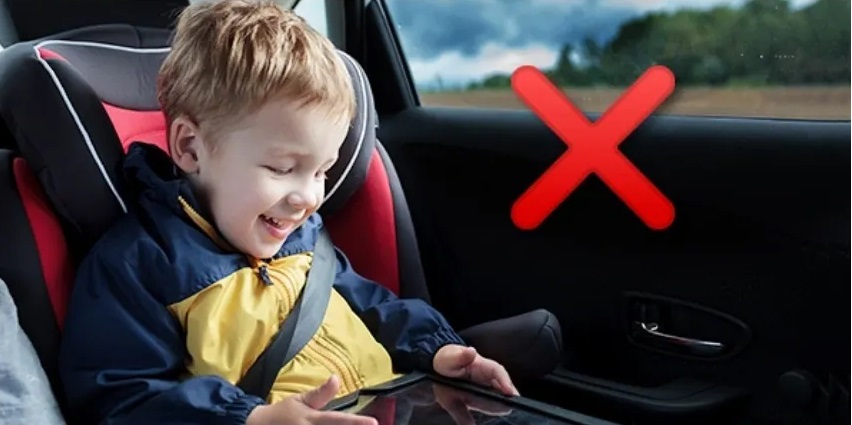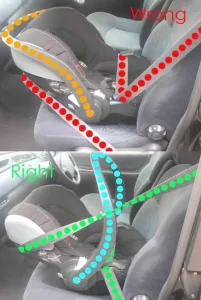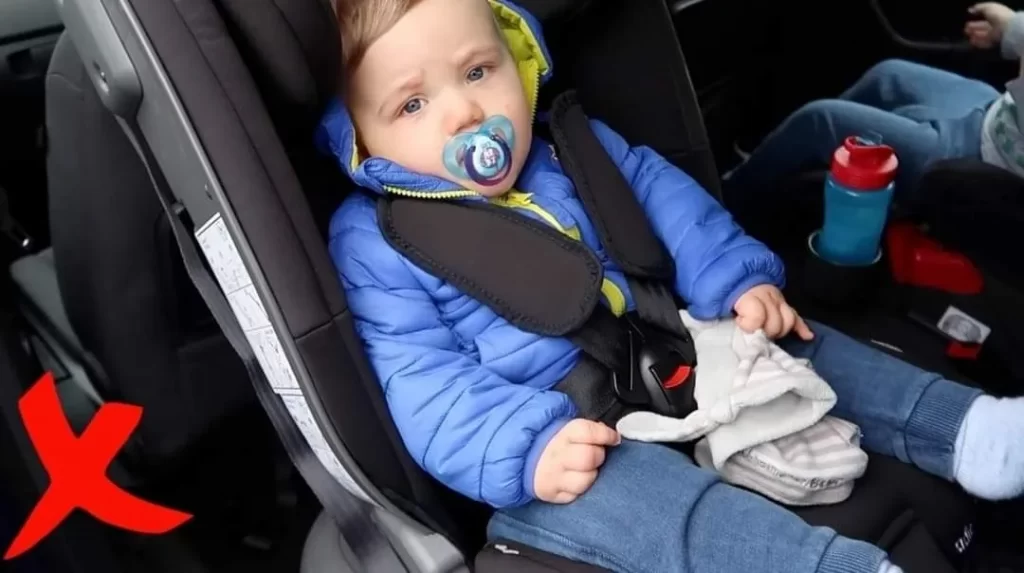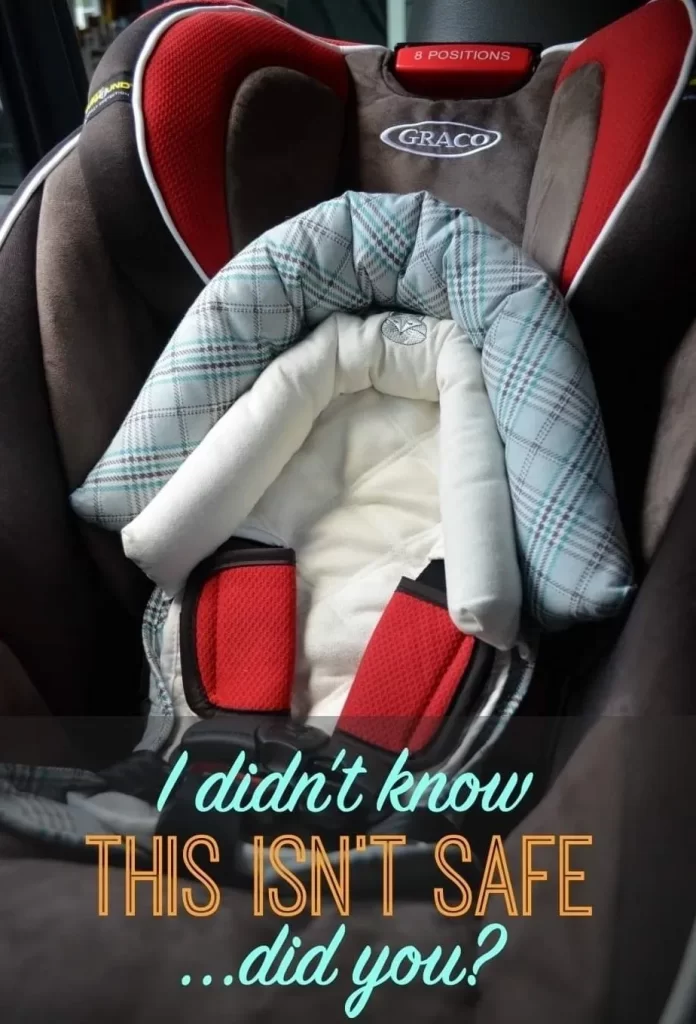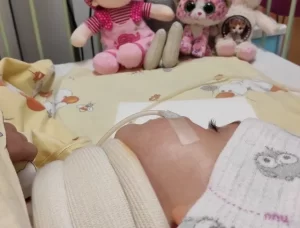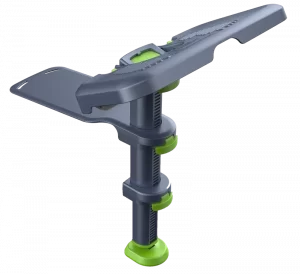Even the best in crash tests, most expensive car seat won’t protect your child if installed or used incorrectly. Always read the instructions carefully and follow the advice. Visit your local specialist to get your car seat tested before buying and regularly checked.
The most common car seats errors:
1) Incompatibility (car seat doesn’t fit the car as not tested before buying)
Unfortunately a lot of parents don’t realize not every car seat fits every car and very often buying based on friends recommendations, online rankings or by price.
Remember, incompatible= unsafe
2) Car seat not installed correctly or secured properly
Incorrect seat belt routing, seat belt not right enough, isofix leg placed on underfloor storage compartment or not stable enough, installation without top tether when required or isofix + seat belt when in majority of cases is only one or the other.
3) Harness positioned too high or too low, with too much slack
Incorrect harness position results in too much movement upon the accident (child being thrown forward or up), putting too much stress on spine, neck, head and shoulders. Rearward facing harness should always be at the shoulders lever up to 1 inch below, forward facing at the shoulders level up to 1 inch above. Harness should be as tight as possible, ideally up to 1cm/1 finger gap between collar bones and harness’ shoulder pads, so “as tight as you love your child”
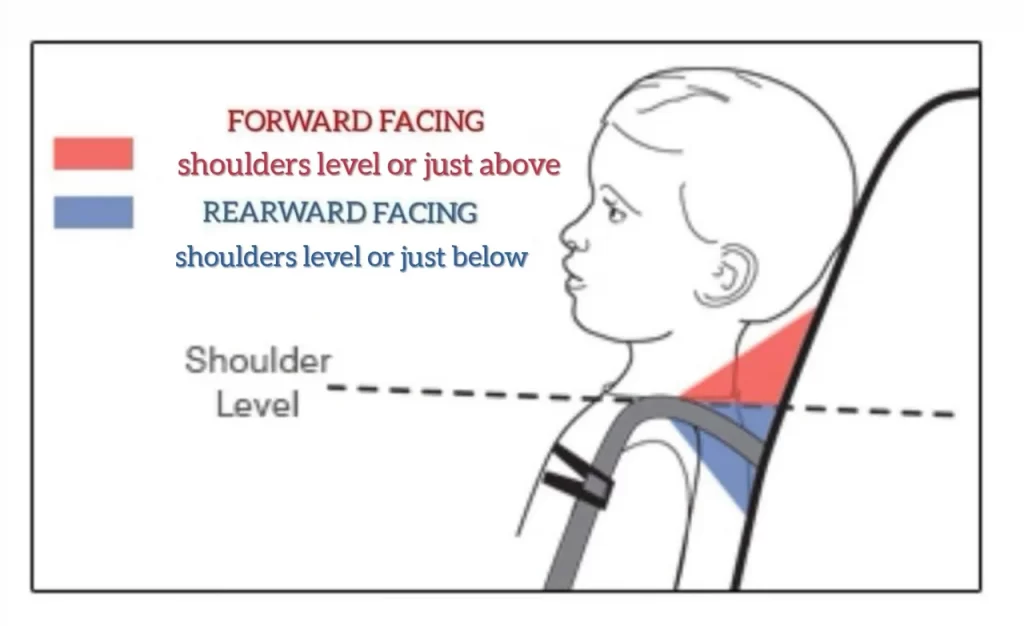
4) Bulky coats/jackets/clothing
Always remove them, before putting your child in the car seat. All the padding gives you a false idea of how tight the harness are, creates a hidden slack and gets compressed during a crash. So in reality can give even as much as 13cm slack, which can result in child hitting the seat in front of them or simply putting too much stress on their spine.
5) Switching from rearward facing to forward facing too soon
It is exciting when your little one achieves the next milestone, however moving them forward facing is a massive step back in safety rather than milestone.
Childrens’ bone structure differs from adults’. An adult has 206 bones, but a newborn baby has nearly 300 bones in their body. This is because babies have more flexible cartilage (a firm tissue softer than bone) in the body. As the child grows, some of the cartilage hardens and turns to bone, and some bones fuse together. This makes them more vulnerable, fragile and more prone to i.e. internal head decapitation, as their head is 25% of total body mass, comparing to adults’ 6% when thrown forward. In a rearward facing car seats they are 5 times safer as they’re pushed into a car seat shell, secured and cocooned by it, also the energy of impact spreads over larger body area, which spreads and reduces its force. It is highly recommended to keep them in extended rearward facing car seats up to at least 4 years of age.
6) Babies kept in car seats too long
It is advised that babies spend no more than 30 minutes in a car seat at a time, so try and break up long periods of travel, and don’t let your baby sleep in a car seat when not travelling. As they’re growing you can extend it up to 2 hours at the time. Babies’ airways are not fully developed till at least 6 months old, so as the car seat position often causing their head to flop forward, it’s so important to choose a car seat, which offers them the best possible position, by trying it in your car, before you make a purchase.
The results of a small study suggest spending long periods of time in a car seat may lead to babies having breathing difficulties.
This novel study used a vehicle simulator to look at the effects of placing a newborn baby in a car seat at the 40°-45° angle required for travelling.
Researchers tested 40 newborns, who were a mix of preterm and full-term.
They found that while sat at this angle for 30 minutes – either stationary or when in motion – the babies’ heart and breathing rate increased, and their blood oxygen levels were lower compared with lying flat in a cot.
7) Moving to the next stage up too early
Before you decide to move your child to the next stage car seat, make sure they’re ready for it. Car seat stages overlap, which makes parents often want to “upgrade” too soon. In reality, staying in the existing car seat too their weight/height maximum is a lot safer and much recommended. Lager, wider car seats offer often too much space around, which may result in smaller kids to experience too much movement in an accident or the harness not positioned properly, as they may be too high up. Moving them too soon to a highback booster type of car seat without 5 point harness (15-36kg or 100-150cm) may result in adult seat belt being placed too high on their neck and on the soft tissues of a stomach, above their hip pins, which can cause severe spine damage.
8) Alterations and using non original parts or equipment
Nothing that wasn’t originally tested by manufacturer, shouldn’t be used or used against instruction manual as it may potentially cause a safety failure

